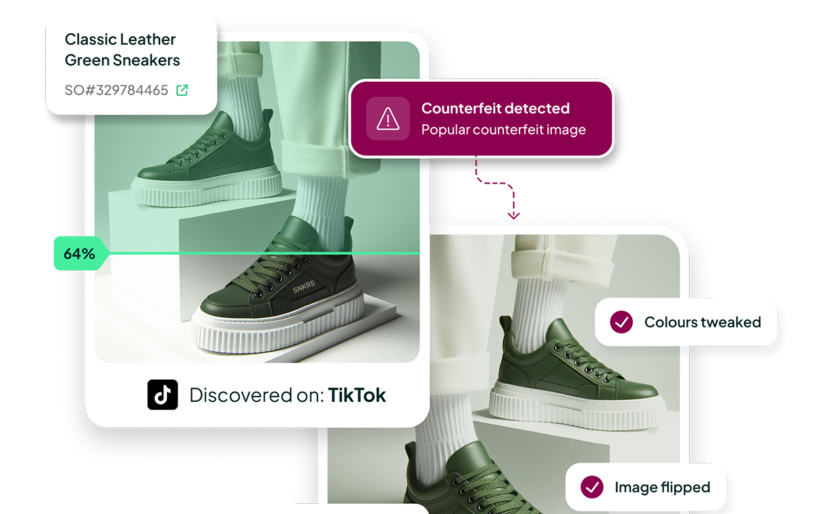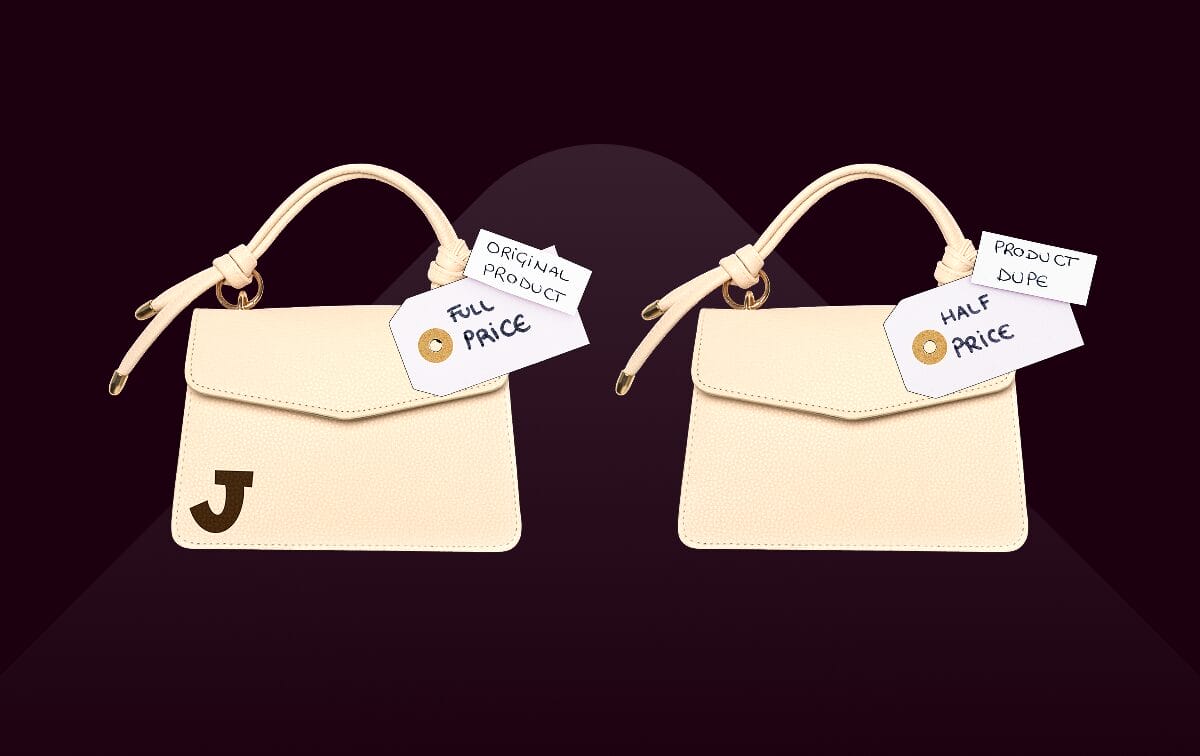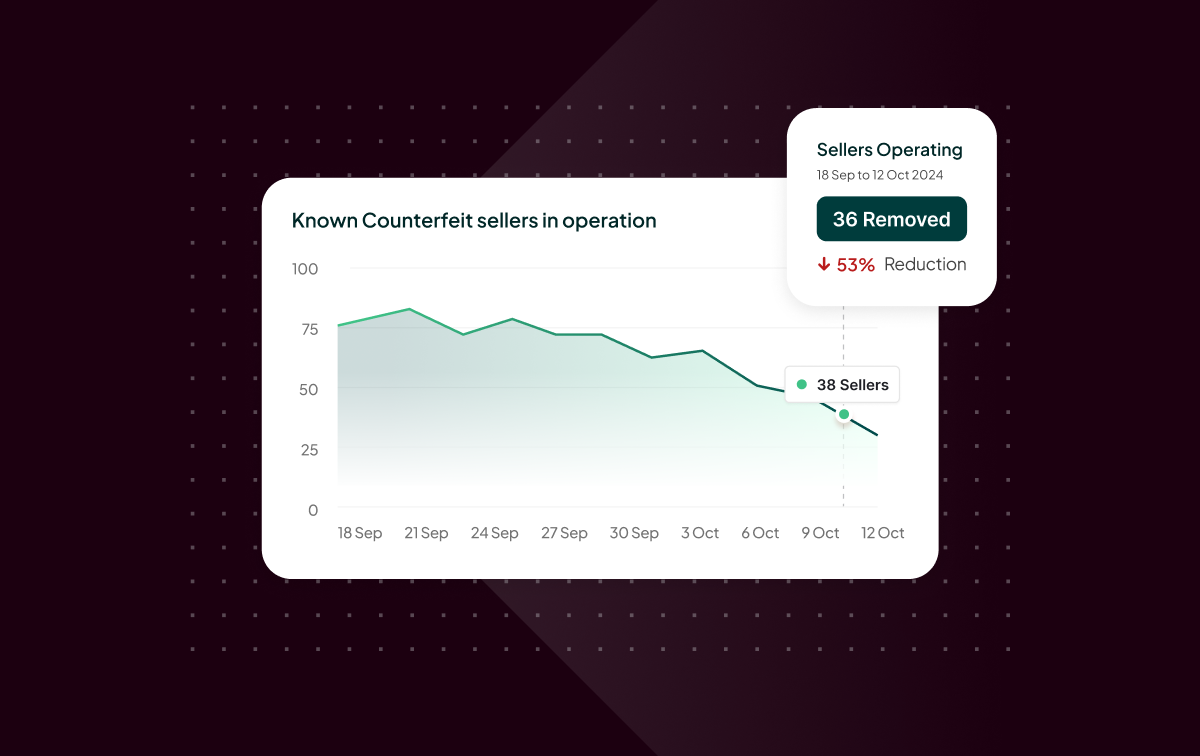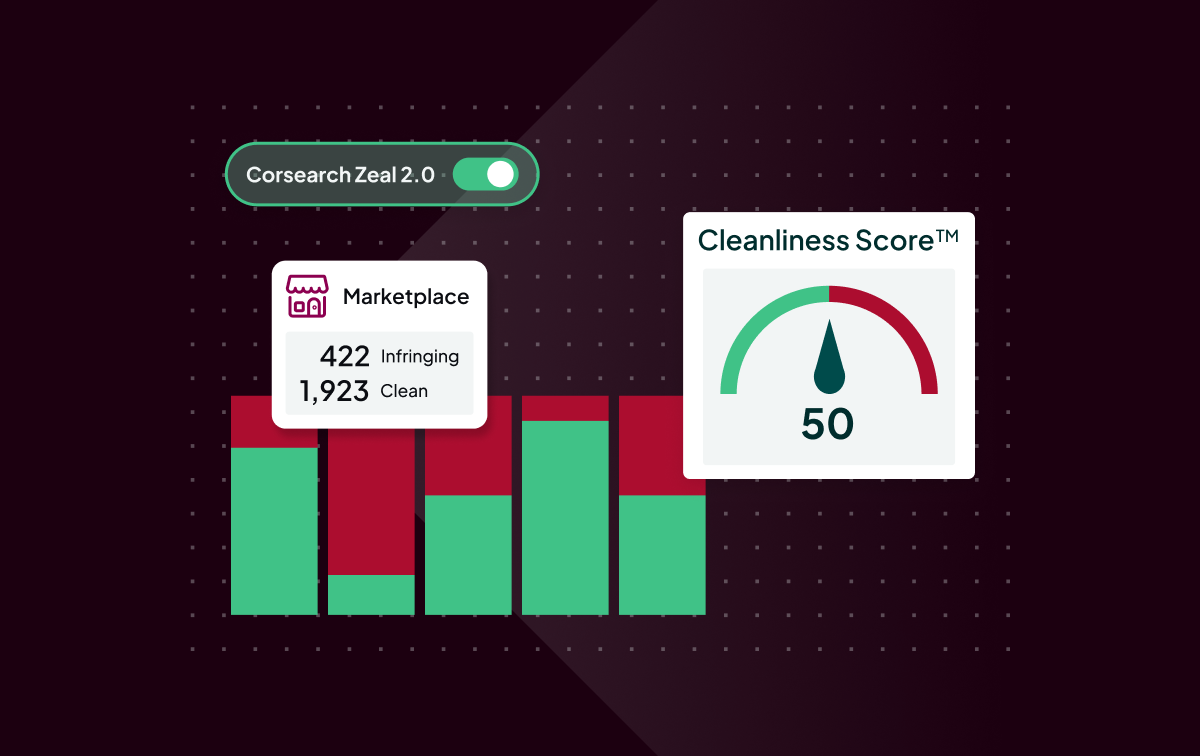Blog
Inside Corsearch Zeal 2.0’s Visual Detection Engine: Smarter, Scalable Brand Protection
- Brand Protection
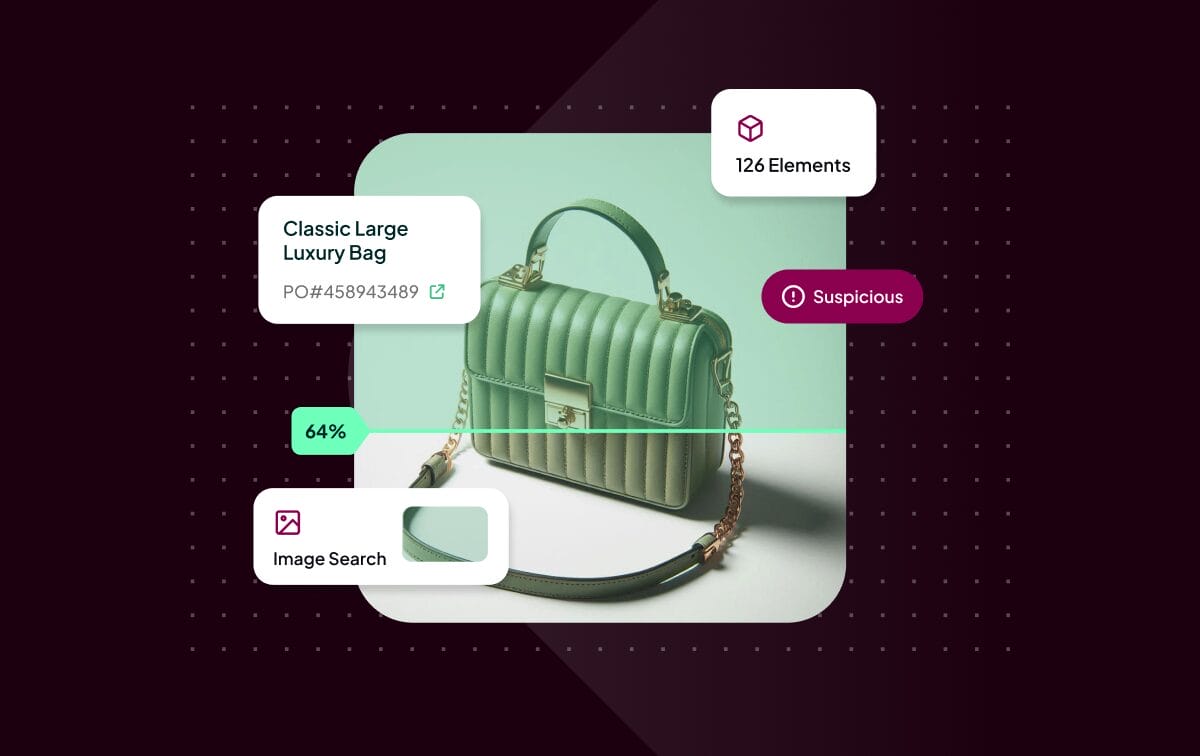
Brands are adopting advanced image technology to automate recurring tasks, connect infringements, and improve decision-making speed across the full Brand Protection workflow.
From product photos to logos to packaging, the majority of infringements rely on visual assets to deceive consumers. Identifying and acting on this content quickly and at scale is essential. Yet many Brand Protection platforms on the market still rely on outdated approaches: retro-fitting AI features onto legacy systems that weren’t built for modern threats.
Today’s Brand Protection landscape demands more than retrofitted tools and manual review. To keep pace with evolving threats, teams need systems that can process visual content intelligently, identify risks with greater accuracy, and adapt quickly as infringers shift tactics. Image recognition must be fast, flexible, and precise — because the threats certainly are.
Below, we break down the four core areas where AI-native image tech is critical to delivering results.
1. Focus on high-impact threats to protect your brand faster
Bad actors aren’t just moving faster; they’re getting smarter about how they hide.
Bad actors are now using AI to alter product images, making them harder to detect while accelerating how quickly they can post and scale listings. For teams relying on basic detection algorithms, it’s almost impossible to keep pace.
Accurately identifying these images and their variants is key to connecting and removing large volumes of infringing content and cleaning up platforms. Many systems attempt to do this using exact matching or basic similarity algorithms. However, these approaches often miss modified versions of the same image (i.e. cropped, resized, recolored, or compressed) — a tactic that counterfeiters now deploy at scale with the adoption of generative AI. To compound the issue, some tools are known to incorrectly flag different content as identical.
Corsearch Zeal 2.0, our AI-native Brand Protection platform, uses a proprietary semi-exact image matching algorithm that can detect an image and all of its altered forms. This allows you to automate enforcement across listings using the same image, even if it’s been edited or transformed.
The benefits go beyond enforcement. With a unique image ID assigned to each visual asset, you can track the spread of images from a single source, identify leak pathways, or monitor compliance with image rights after expiration. You can read more about the benefits of this capability in our blog on moving from volume to value.
2. Swiftly uncover infringement across multiple brands in your portfolio
When every second counts, the difference between spotting a threat and missing it often comes down to how quickly you can recognise it.
Other platforms offer logo detection powered by single-brand models, meaning a separate model had to be trained and maintained for each individual brand. This approach not only requires significant manual input but also creates confusion between visually similar brand names or logos.
Corsearch Zeal 2.0 introduces a multi-brand logo detection model, capable of identifying logos across hundreds of brands in a single architecture. Rather than asking “Is this logo present?”, the model asks, “Is any known logo present, and if so, which one?”
This model structure significantly reduces the time it takes you to onboard new brands, avoids false positives between similar-looking marks, and ensures the scraped content you receive is more relevant by automatically classifying images and directing them to the correct brand’s workspace. Irrelevant data is filtered or routed appropriately, enabling better results from less data.
3. Build stronger cases with richer, contextual data
Bad actors don’t rely on just one method to avoid detection by brands, e-commerce platforms, and enforcement agents. They exploit multiple loopholes, meaning keeping an eye out for contextual clues is key to cracking the code.
Understanding the category of a product is essential for enforcement prioritization and accuracy. Yet many systems rely on the categorization from the listing website itself, or apply simplistic models that only look at text or image data in isolation.
Corsearch Zeal 2.0 uses a fusion model that combines both image and text analysis to determine the correct product category. This is particularly valuable for distinguishing between similar-looking items that have very different implications for enforcement — for example, distinguishing between a branded product and an accessory or add-on.
The platform’s global model includes over 300 predefined categories, enabling immediate structuring of a new brand’s data without the need to build client-specific category logic. If your brand requires a different display label (e.g. “sneakers” instead of “shoes”), that can be easily applied without changing the core model. Where you need more granularity, additional “leaf” categories can be added globally across the platform.
This model structure not only improves accuracy but also ensures long-term stability and scalability. For more on how these capabilities translate into operational efficiencies, see our blog on tripling analyst productivity through automation.
4. Detect key visual indicators to flag counterfeits and other infringements at scale
Beyond logos and product categories, there are often highly specific visual details that signal whether an item is counterfeit. These may be global, such as plastic wrapping on packaging — or brand-specific, such as an incorrect color used on an authenticity label.
Corsearch Zeal 2.0 includes a dedicated advanced feature detection model that identifies both global and brand-specific visual indicators. What makes this model unique is its ability to work with a very small number of training examples, thanks to the use of zero-shot learning and active learning techniques.
With just 5 to 10 annotated examples, you can start automatically detecting visual signals of fraud. This is particularly valuable for large or complex product portfolios, where manual moderation would be unsustainable.
Additional models that support smarter moderation
Richer analysis and enhanced automation are supported by several additional models within Corsearch Zeal 2.0, including:
- Used vs. new detection: Determines the condition of the product based on both text and image.
- Optical character recognition (OCR): Extracts Latin characters from images to support serial number verification or text-based searches.
- SKU detection: A deeper-level classification that links listings to specific stock-keeping units, where relevant and cost-justified.
While each of these models plays a supporting role, together they help you reduce manual overhead and shift from a reactive approach to a proactive one.
Built for scale, designed for impact
What ties these capabilities together is that they are not additions to an older system. Corsearch Zeal 2.0 was built from the ground up with AI at its core, and its models are designed to evolve.
This enables you to benefit from faster moderation, more accurate detection, and real automation that scales as their business grows. In addition to what is already available, the platform roadmap includes further developments such as “fragments” analysis, which will enable even more granular image detection.
Ready to see Corsearch Zeal 2.0 in action?
Get in touch with our team and see how our image tech enables you to identify and remove infringements with significantly greater accuracy and speed.
Explore how Corsearch Zeal 2.0 delivers measurable Brand Protection results:

